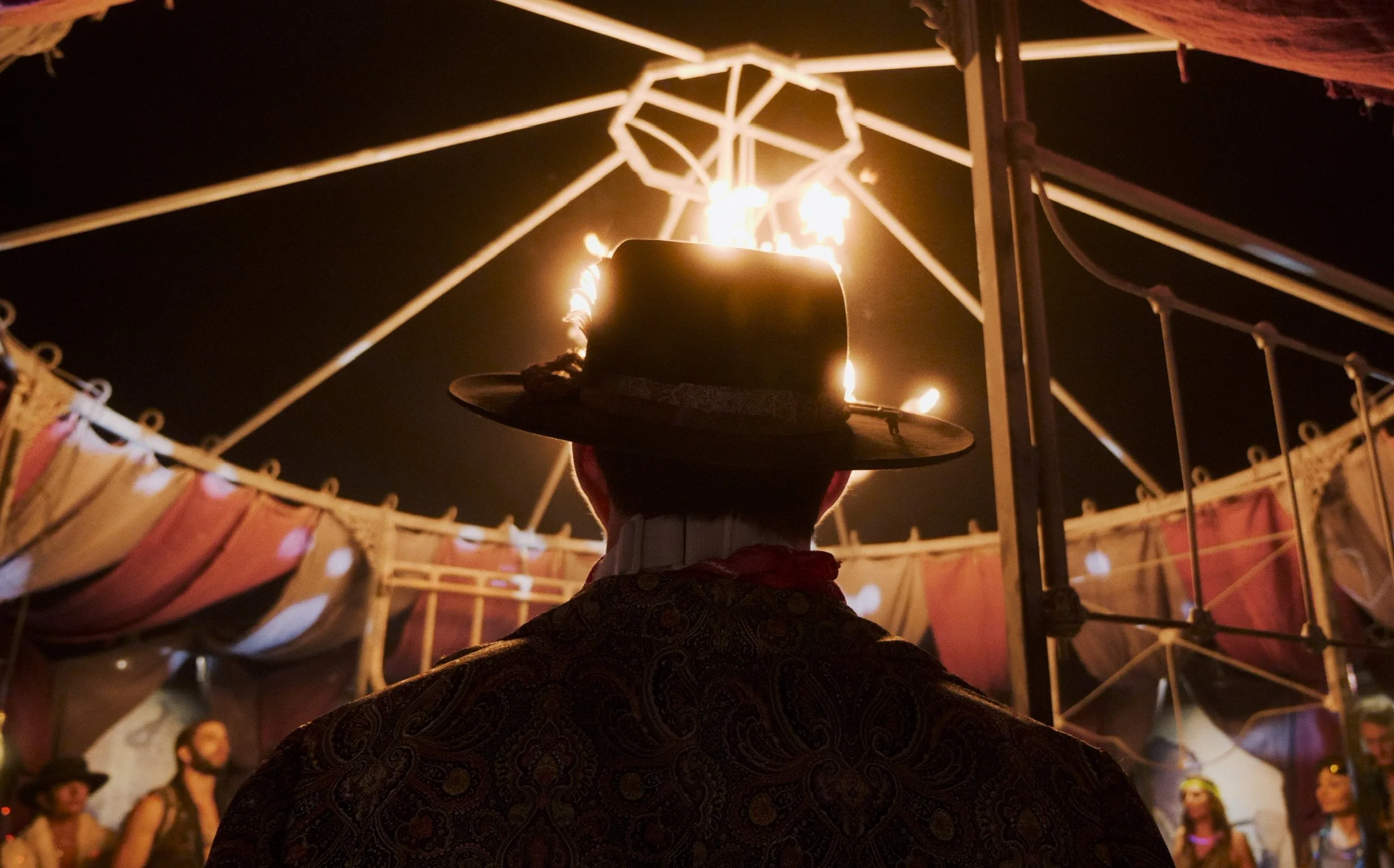From Concept to Screen: The Process Behind Creative Video Production
Understanding creative video production
Creative video production is the process of bringing ideas to life through visual storytelling. It involves planning, filming, and editing to create engaging videos for various purposes. Some key points to understand about creative video production include:
Concept Development: This is where ideas are brainstormed and refined to create a clear vision for the video.
Pre-Production: Planning phase where scripts are written, locations scouted, and equipment organized.
Production: The actual filming of the video takes place, capturing scenes according to the script and storyboard.
Post-Production: Editing, adding effects, and fine-tuning the video to achieve the desired look and feel.
Understanding these stages will help you appreciate the effort and creativity that goes into producing compelling videos for different platforms.
Pre-production: Planning the Concept
Pre-production is the initial stage where the concept for the video is planned out. This includes brainstorming ideas, creating a script, storyboarding the scenes, and organizing the logistics for the shoot. Planning ahead is crucial to ensure a smooth production process and a high-quality final product.
Scriptwriting and Storyboarding
Scriptwriting and storyboarding are essential steps in the video production process.
Scriptwriting involves creating the dialogue and storyline for the video. It helps organize the flow of information and ensures the message is conveyed effectively. A well-written script can guide the entire production process.
Storyboarding is the visual representation of the script, outlining each scene and shot. It helps visualize how the video will look before filming begins. Storyboarding allows for better planning and coordination during production.
Casting and Location Scouting
When it comes to casting for a video, the process involves finding the right actors or actresses to bring the script to life. Location scouting is the task of searching for suitable places to film that match the vision of the project. Casting requires auditions to select the best talent, while location scouting involves exploring various places to find the perfect backdrop for the scenes. Both are crucial steps in ensuring the video production captures the essence of the story effectively.
Equipment and Technology Needed
To bring a creative video production to life, you'll need a few key pieces of equipment and technology. Here's what you'll need:
A high-quality camera to capture professional footage
Lighting equipment to ensure your videos are well-lit and visually appealing
A microphone for clear audio recording
Video editing software to piece together and refine your footage
Tripods or stabilizers to keep your shots steady
Optional: green screen for advanced visual effects
Lights, Camera, Action: The Production Phase
During the production phase of a creative video, the team brings the script to life by capturing the scenes you visualized. The lights set the mood, the camera captures the action, and the actors breathe life into the characters. Throughout this phase, attention to detail is crucial to ensure that every shot aligns with the creative vision.
Directing and Filming the Video
Directing and filming a video involves coordinating the actors, camera crew, and technical staff to bring the script to life. The director is responsible for guiding the actors' performances and ensuring the scenes are shot according to the vision. The filming process includes setting up lights, cameras, and sound equipment to capture the action as planned. Attention to detail and effective communication are key to creating a successful video production.
Importance of Editing and Post-Production
Editing and post-production play a crucial role in bringing a video project together. These stages refine the raw footage, add special effects, transitions, and sound to create a polished final product. Editing enhances the story and ensures a seamless flow from scene to scene. Post-production brings all the elements together, creating a visually appealing and cohesive video that captivates the audience.
Adding Special Effects and Sound Editing
Special effects and sound editing are essential elements in the creative process of video production. Special effects are used to enhance scenes, create visual illusions, or add elements that are challenging to capture during filming. They help bring imagination to life on screen. Sound editing involves improving the audio quality of a video, removing unwanted noise, adjusting volume levels, and synchronizing sound effects with the visuals. Both special effects and sound editing are crucial for creating a captivating and polished final product that engages the audience effectively.
Final Touches and Delivery of the Creative Video
After all the hard work of filming and editing, the final stage is putting the finishing touches on the video before delivering it to the client. This involves tasks like color correction to ensure the visuals look polished, adding in any special effects or graphics, and ensuring the audio is crisp and clear. Once everything is perfected, the video is then rendered into its final format for delivery, whether it's for online streaming, TV broadcast, or other platforms. This step is crucial to make sure the creative vision is fully realized and the video is ready to captivate its audience.

